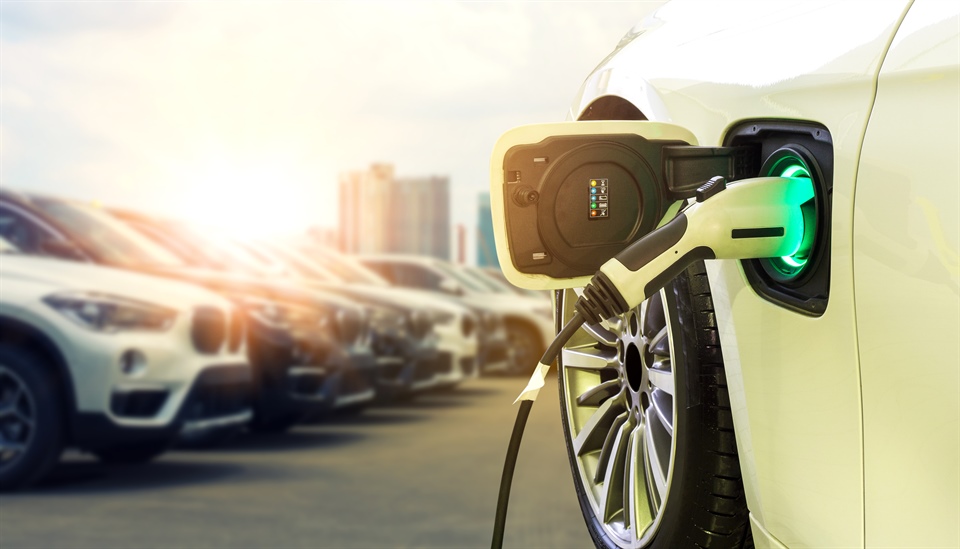Electric vehicles (EVs): The concept of electric vehicles is no longer just a concept. Affordable and increasingly useful, they are becoming more and more popular. If you’re thinking about purchasing one, here’s what you need to know…
Bengaluru saw the launch of a small two-door electric vehicle (EV) around two decades ago. Following Mahindra’s 2010 acquisition of the company, the E2O reintroduced three years later. As a two-door model, the E20 priced rather high and didn’t make quite the impact it could have.
A number of battery-powered two-wheelers and three-wheelers have launched in India in the last few years. Most of them had flimsy bodies, and their ride and handling were terrible as well. Battery-powered electric motors usually require hours of charging due to their heavy lead-acid batteries. The situation has steadily improved, however. In addition to some promising electric scooters, such as the TVS iQube, the Bajaj Chetak and the Ather 450X, major car brands such as Hyundai, Tata Motors, MG and Mercedes-Benz have introduced new generation EVs. Although EV sales are increasing, are they ready to challenge internal combustion engines?
Advantages of electric power:
Featuring a futuristic design: Due to fewer running parts and the fact that battery packs are mostly underneath the floor, most EVs have a futuristic design. This allows them to have more room inside and out. There are a number of connectivity features available in modern EVs. The majority of performance parameters can be monitored via mobile applications.
Powerful electric motors: An electric motor provides instant acceleration through its quietness and torque. For instance, the Tata Nexon EV can accelerate from 0 to 100 kmph in 9.9 seconds (the petrol version takes 11.7 seconds and the diesel version 13.7 seconds). In 3.3 seconds, the Ather 450X can accelerate from zero to 40 kmph, while the TVS iQube does it in 4.2 seconds.
A variety of driving modes: A variety of driving modes are available in most EVs, which filter the power outputs for either mileage or performance. An electric two-wheeler has another feature: its motor can reversed at the touch of a button, allowing it to reverse into a parking space. Safely accomplishing this is made possible by a speed limiter.
Low Operating cost: Electric vehicles have a low operational cost, which is one of their biggest advantages. Based on 15,000 km per year, and at 1.10 per km, the Hyundai Kona EV can operated for as low as Rs 21,500 per year, including servicing. Over Rs 1 lakh would required to operate a similarly-sized petrol SUV.
Affordability: Electric vehicles are not yet affordable. There are two scooters that cost around Rs 1.46 lakh each: the Ather 450X and the Bajaj Chetak. The cheapest of the bunch is the TVS iQube, which costs Rs 1.08 lakh ex-showroom, Delhi. Registration, insurance, and road tax are extra charges.
Driving range: Many electric vehicle owners suffer from ‘driving range anxiety’. Despite rapid progress in technology and fast-charging stations appearing in metros, it may be some time before enough of them are available to provide buyer confidence. Modern EVs known for their long driving range. For instance, the Hyundai Kona has a claimed range of 452 kilometers, while the MG ZS EV has a claimed range of 419 kilometers. There has also been a rise in the popularity of electric scooters. A decent 116 kilometers can covered by the Ather 450X and the TVS iQube.
